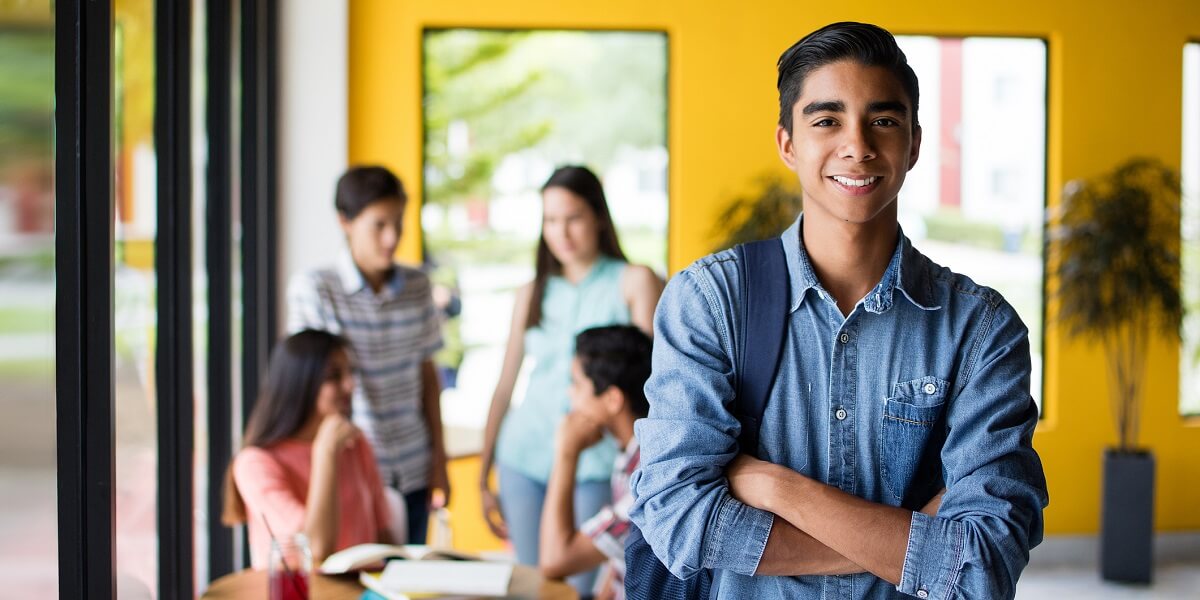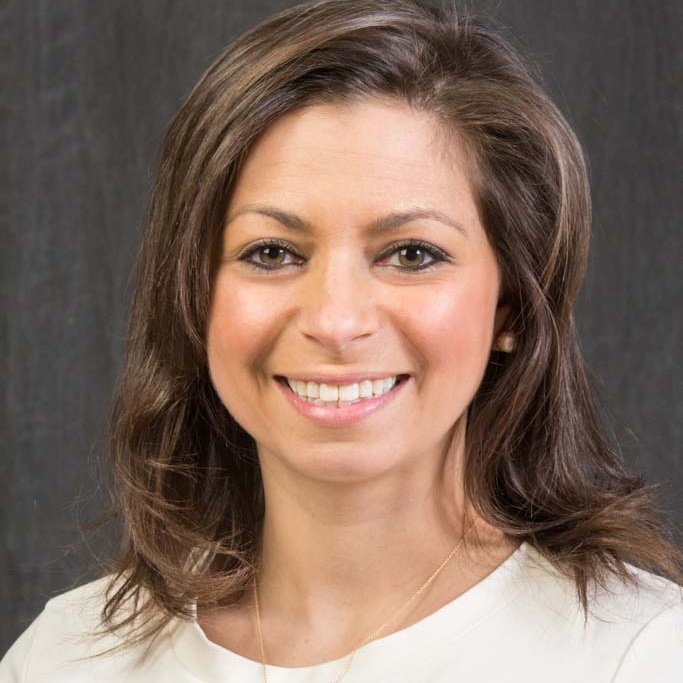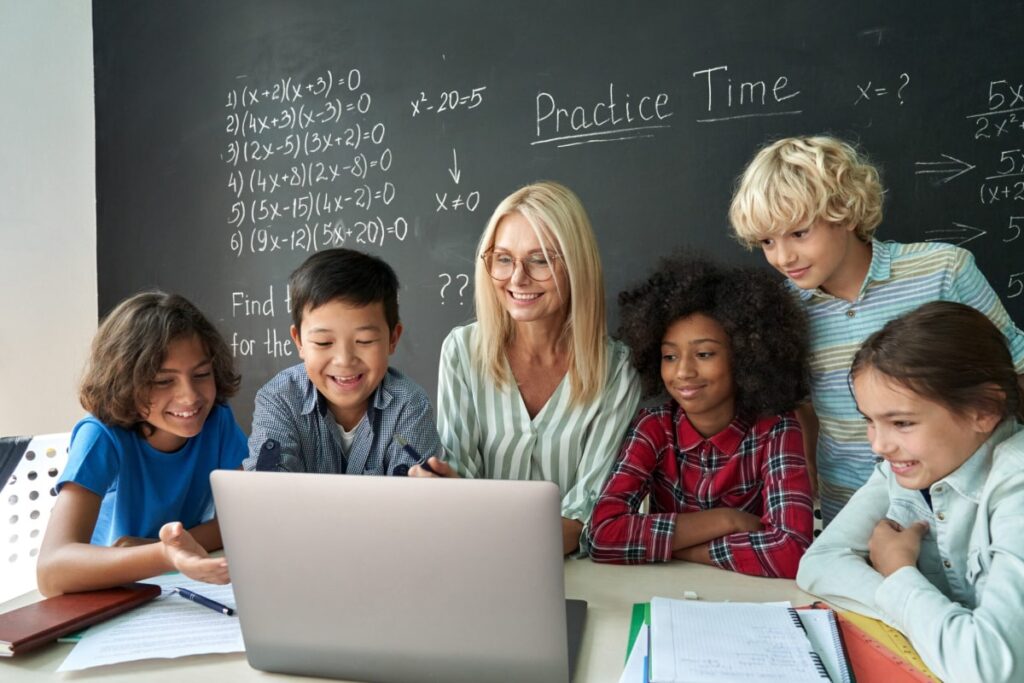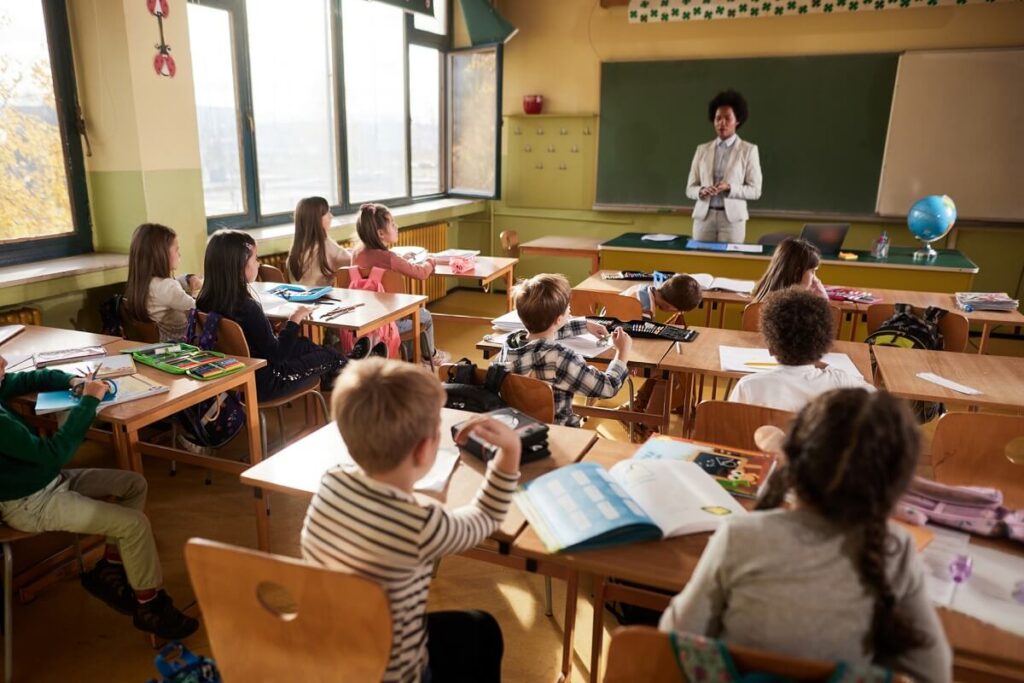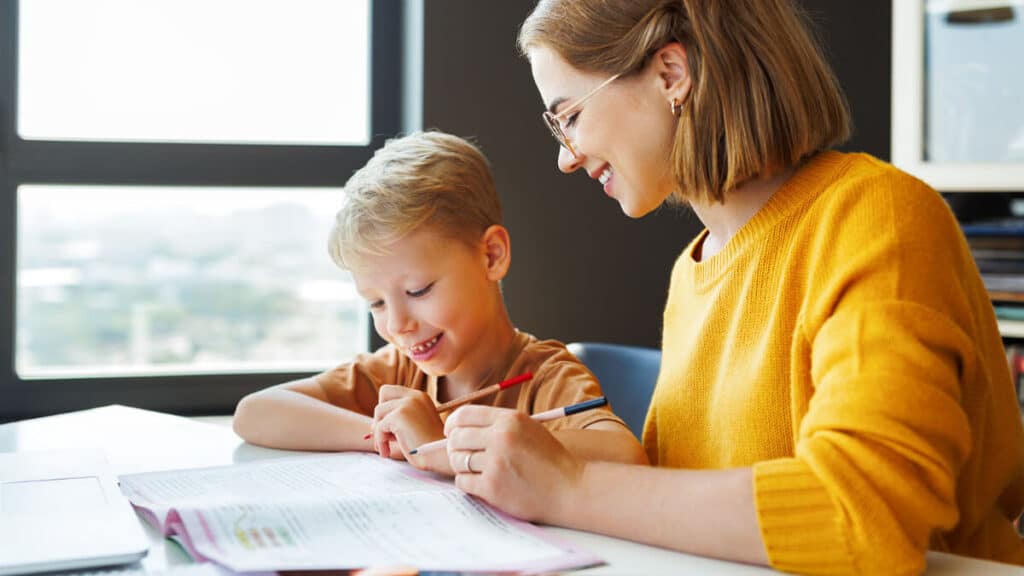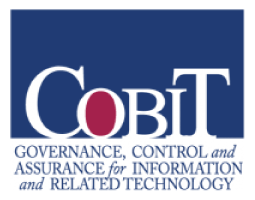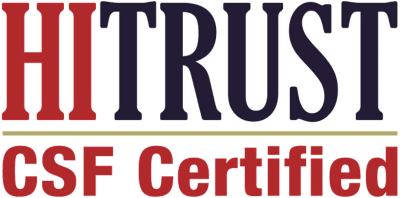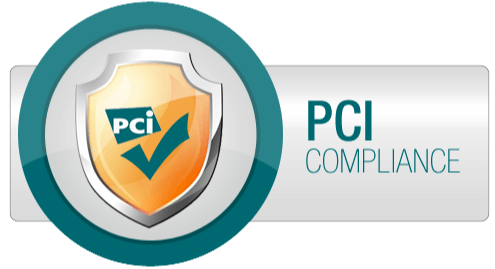If we want to create a classroom of students who can be self-aware and in control of their emotions and behaviors, we need to direct their attention to their minds, bodies, and behaviors. If we deconstruct the competencies they become feasible to implement in any classroom, and value-added beyond the lessons of Social and Emotional Learning!
Our youngest students need support moving out of egocentrism, a way of thinking and processing their world which dominates and overrides their ability to make accurate appraisals of themselves and others. As children make this transition, it is key to support their learning to accommodate new ways of thinking about themselves and others.
Here are some ideas for embedding SEL in your daily interactions and lessons with your youngest students:
- Ask students to talk about their likes and dislikes, and to listen to the likes and dislikes of their peers
- Draw connections between feelings and behavior (when I feel angry, I yell; when I feel sad, I choose to be by myself)
- Show them how thoughts can be used to manage their feelings (when I feel angry, I think about something that calms me or sing a song that will make me calm)
- Help them set short-term goals and support them in achieving success
Older children are increasingly able to recognize their strengths and preferences, and differentiate themselves from their peers (i.e., “I may be the top student in my class at math, but I am never picked first for the soccer team; Sam always is”). They also have a growing capacity to think about thinking (“metacognitive strategies”) to support their learning and memory. Songs, rhymes, acronyms, and word games are productive and generalizable strategies to promote learning and attainment of new knowledge.
Harness students’ expanding metacognitive capacities to explore the relationship between their self-regulation and success through a lens of self-awareness.
- Invite students to write, draw, or talk about their strengths and areas they want to grow into strengths
- Support students to regulate in regulating their emotions and behaviors, and practice behavioral control
- Practice goal setting for themselves and their classroom community
Adolescence is hallmarked by both the students’ belief that their experiences are the most extreme, unexpected, exciting, and different than anyone else ever has nor ever will experience (“You can’t possibly understand how my heart is broken right now!!!”) and an overwhelming focus on believing that they are the focus of everyone else’s attention (we call this the imaginary audience phenomena- “everyone is looking at me all the time and cares and critiques everything that I do”).
Further complicated by an increased production of hormones, physiological and psychological changes, and increasing demands of school and home, this time period is particularly challenging across all learning domains.
Educators can scaffold their students through the storm and stress of adolescence by using SEL strategies as a foundation can to help students get out of their own heads!
- Providing students with generalizable strategies for emotional and behavioral regulations
- Teach students to identify, appraising, and managing stress
- Promote situations to problem solve, set and execute goals, for self and others
- Evaluate what-if scenarios
About the Guest Author

Susan E. Rivers, Ph.D.
Executive Director and Chief Scientist for iThrive Games
Susan E. Rivers, Ph.D. is the Executive Director and Chief Scientist at iThrive Games, where she uses her expertise in adolescent social and emotional development to lead innovative game and experience design that promotes and protects teen mental health. Dr. Rivers earned her doctorate in psychology as well as a Master’s of Science and a Master’s of Philosophy from Yale University, held postdoctoral appointments at Yale University and Cornell University, was a lecturer at Skidmore College, served as research faculty in the Department of Psychology at Yale University for over a decade, and was a co-founder of the Yale Center for Emotional Intelligence. She is a fierce believer in the genius of young people and an advocate for their wellness, spending the last two decades developing, leading, and evaluating programs and efforts that support their social and emotional development.
With iThrive, she has co-designed responsive and immersive games, tools, and experiences for teens that support their wellness and learning about themselves, society, and the world. Her research has been funded by the William T. Grant Foundation, the Spencer Foundation, the Institute of Education Sciences, the Einhorn Family Charitable Trust, Air Force Research Laboratory, and others. She is serving a 5-year term as a Principal Member of the Social and Behavioral Education Research Peer Review Panel with the Institute of Education Sciences. Dr. Rivers is also the founding Editor-in-Chief of the Journal of Games, Self, and Society and is an alum of the Large-Scale Social Change Leadership Fellowship with the Billions Institute.
